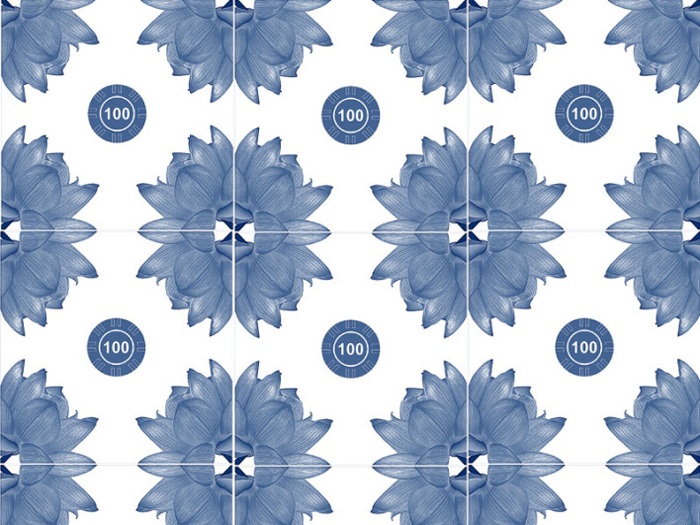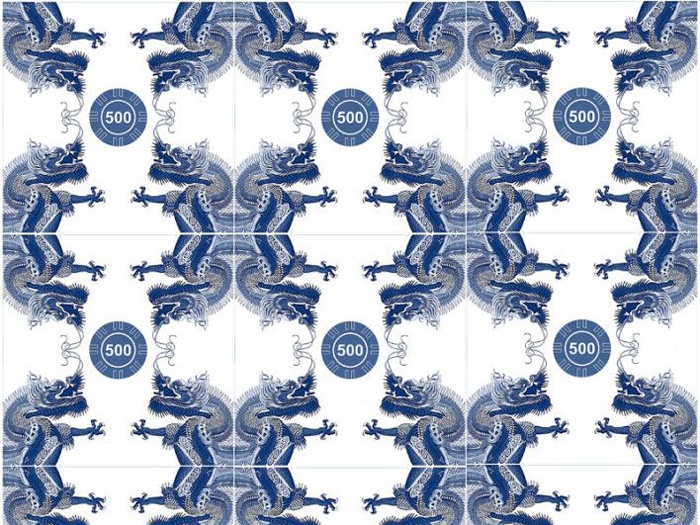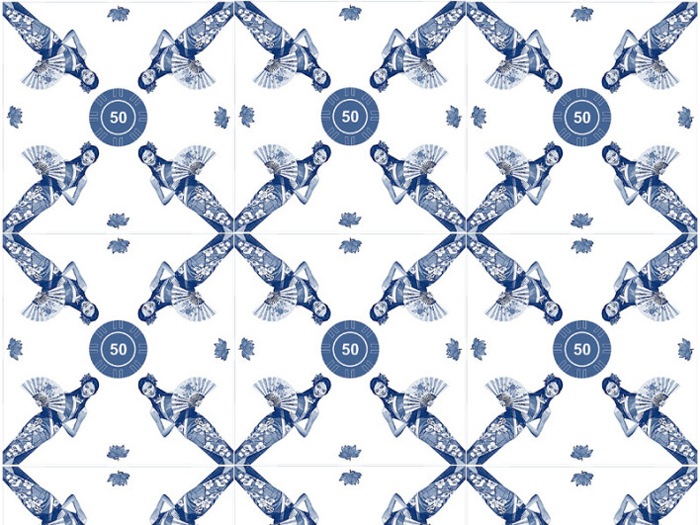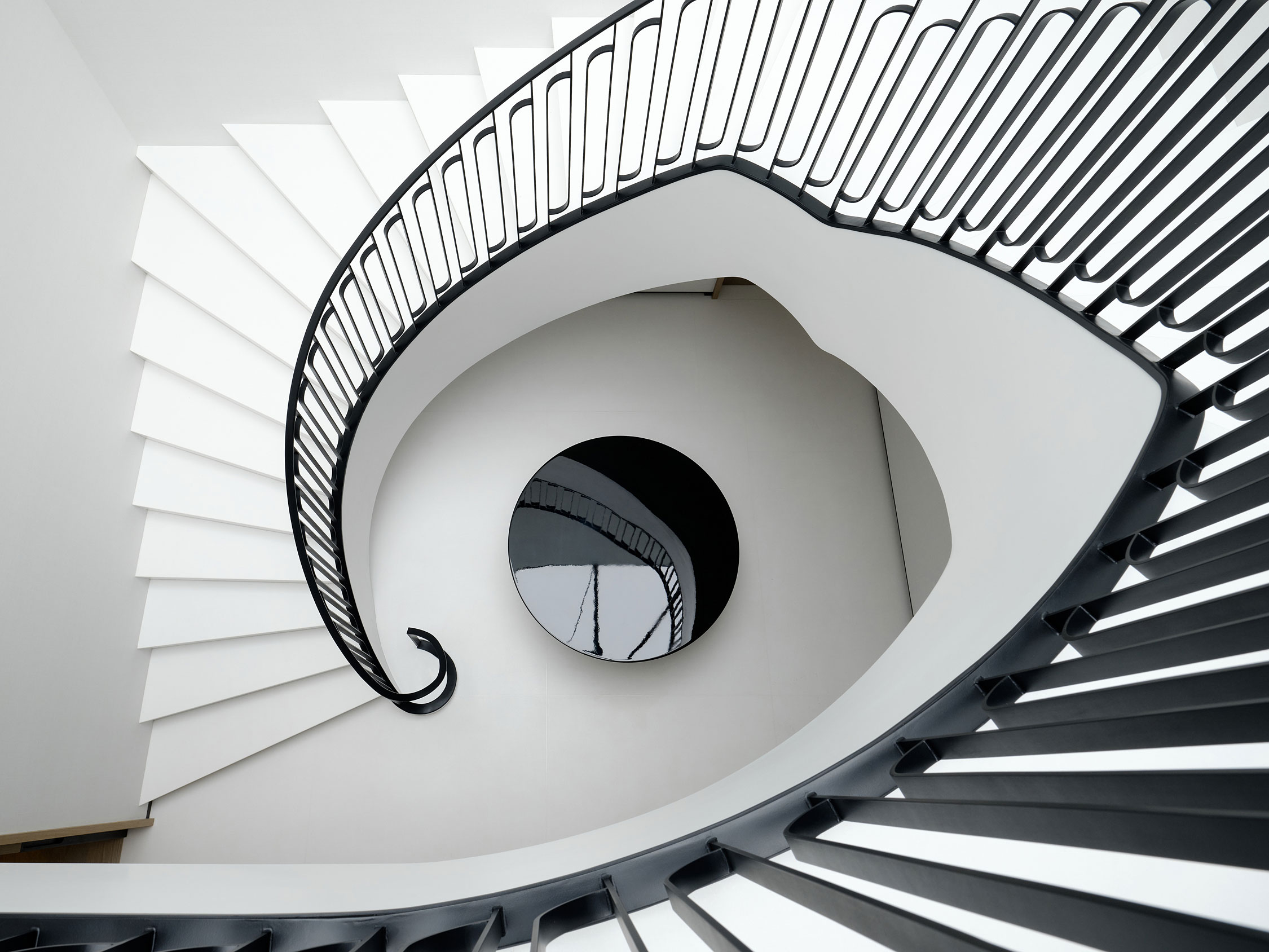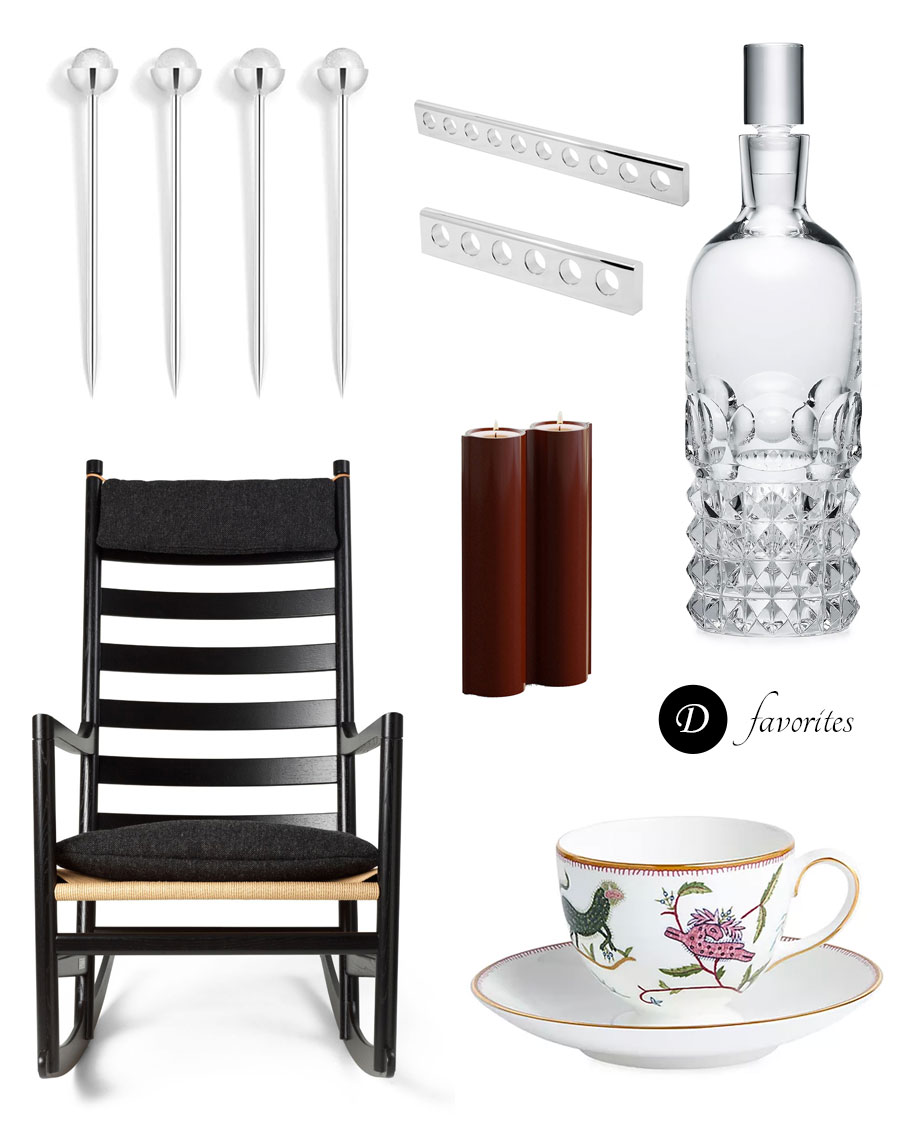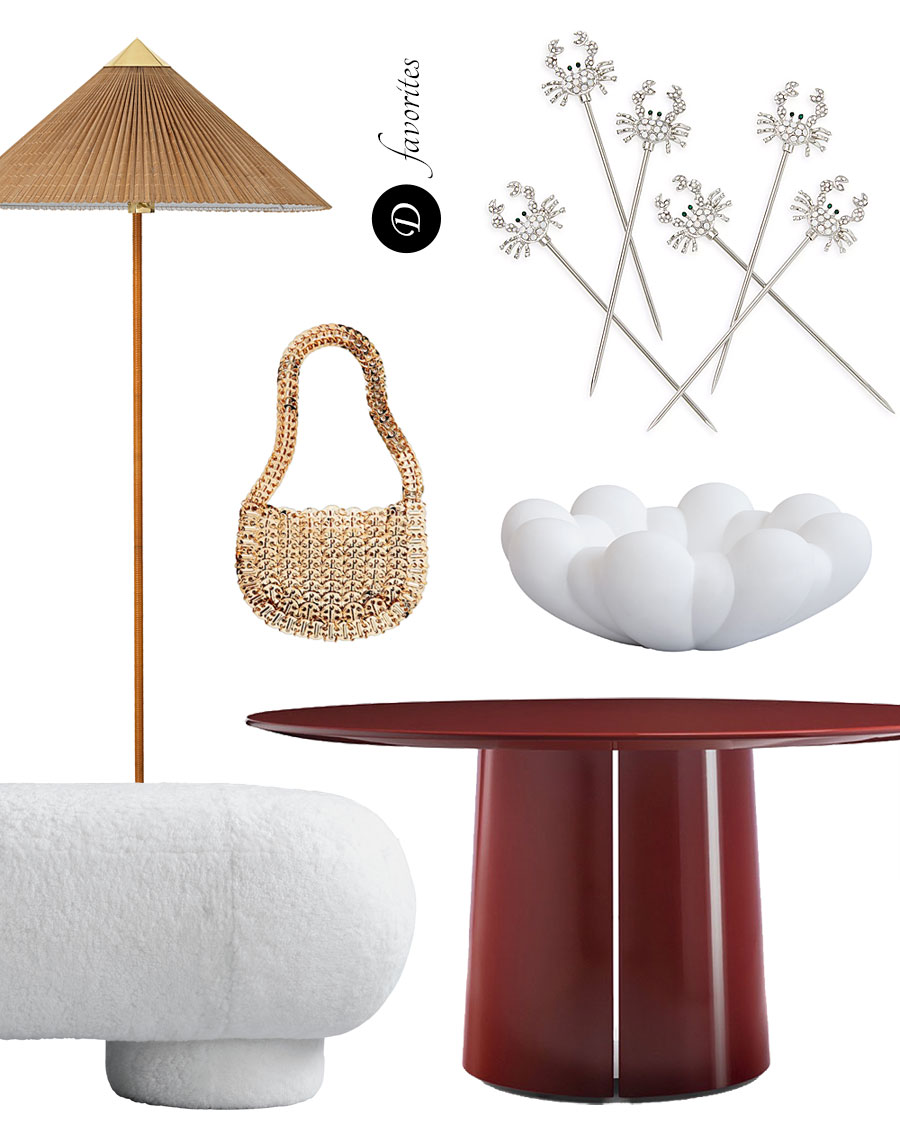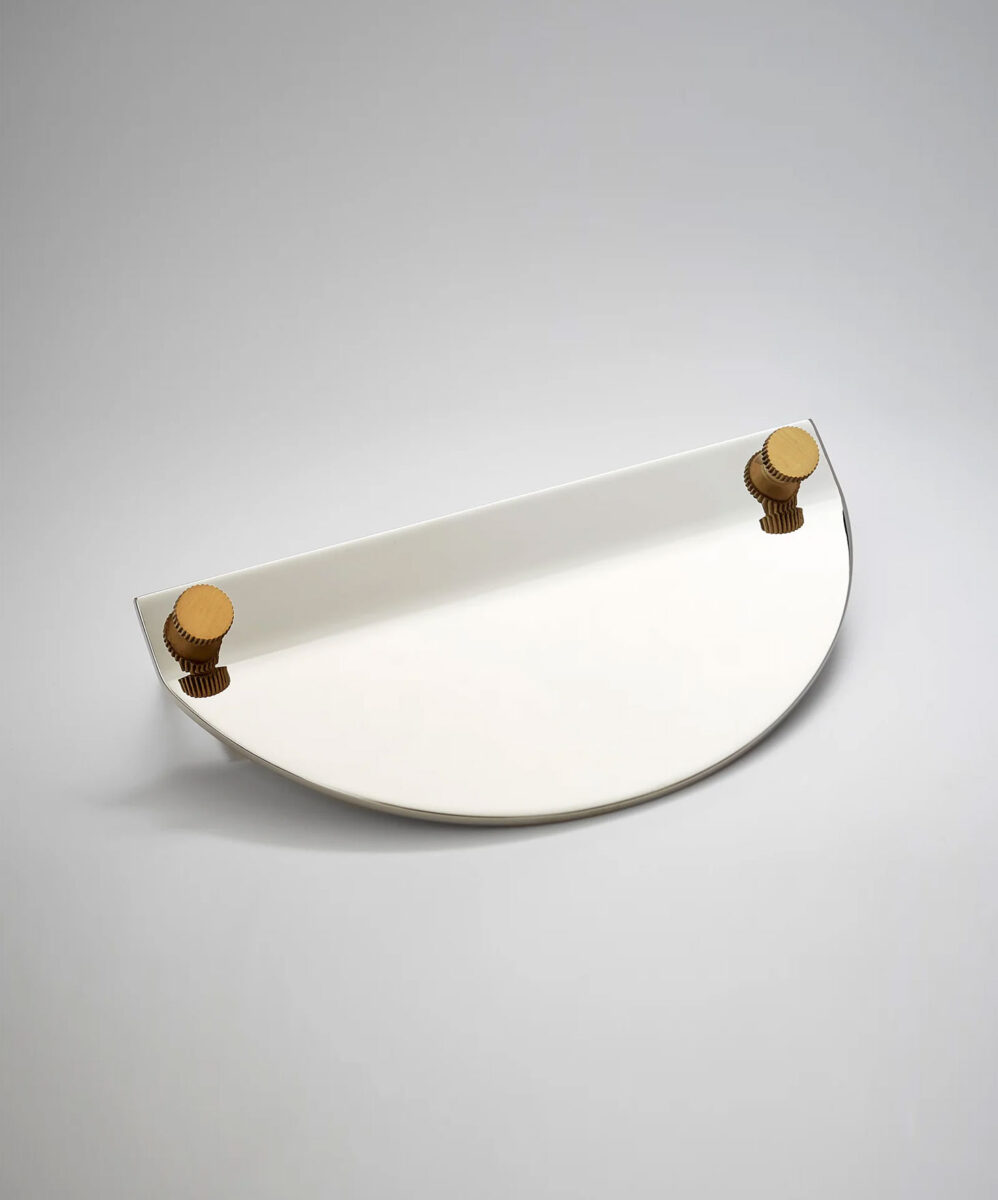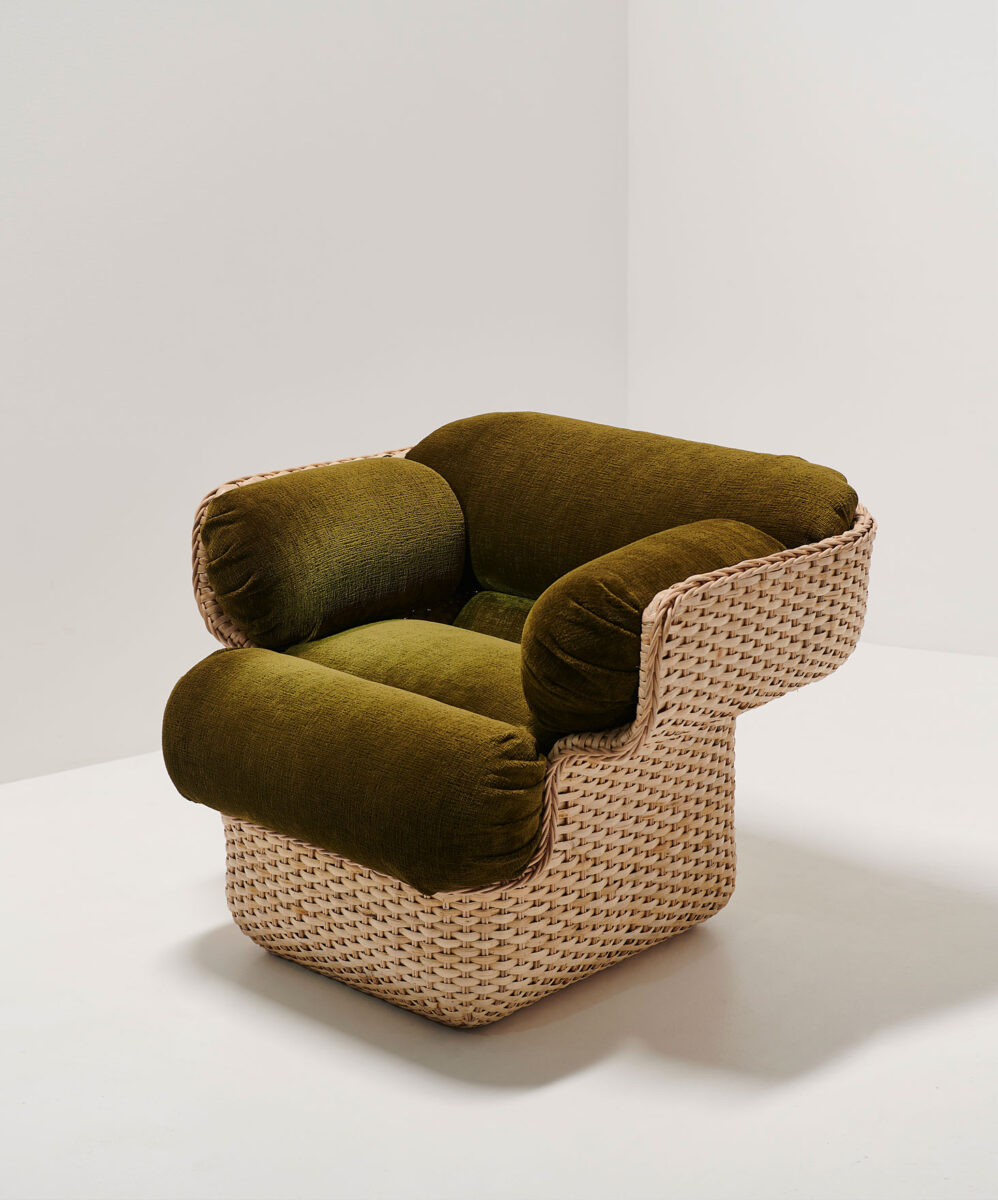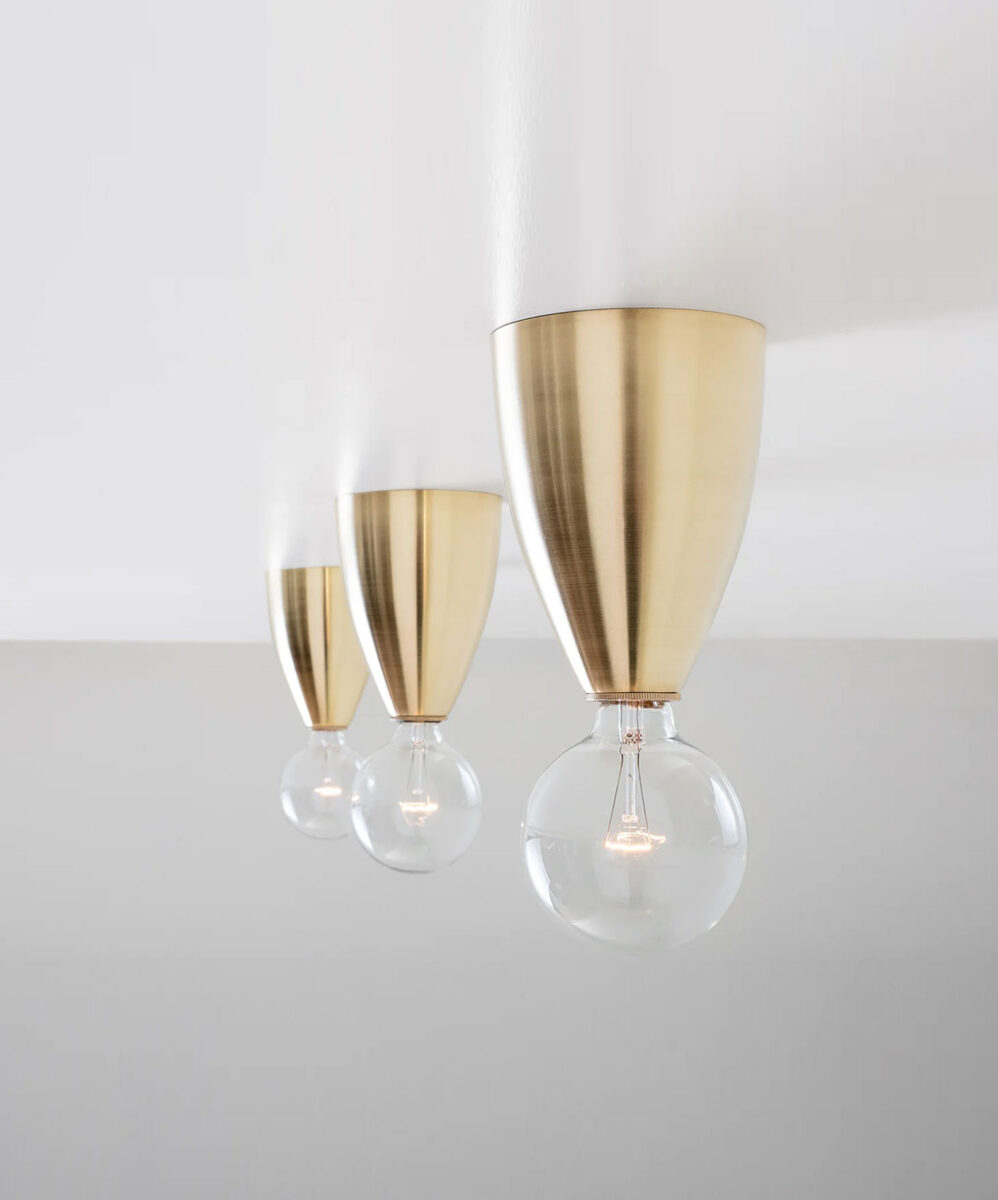While upon first impression these blue and white tiles adorned with Chinese motifs and punctuated with poker chips may seem cool, fun and maybe a little kitsch, there is a deeper story behind them that’s definitely worth the read…
It was 500 years ago, almost to the month, that Portuguese sailor Jorge Alvarez and his fellow mariners landed in what was then a small fishing village on the southern coast of China. While considered insignificant at the time, that village – Macau – would grow to become the first, and for a time, the only port in the Far East to be permanently settled by Westerners.
Driven by Portuguese traders, Macau rapidly transformed and entered a period of great economic prosperity. Of course as things go, there are always ups and downs and in the case of Macau the downs were driven by competition from newly opened ports and Chinese restrictions on trade. In 1844, in an effort to address decreases in revenue the Portuguese legalized gambling – a move which not only rendered Macau a hotbed for illegal activity but also brought an inflow of money.
While Macau ceased to be a Portuguese colony in December of 1999, the mark of Portugal’s presence has remained a tangible one. You can taste it in the food, see it in the architecture… even the economy, nearly 200 years later, is still driven by gambling (today in the form of casinos).
Which brings us full circle back to our ‘Route of Temptation‘ tiles. The brainchild of two Portuguese designers – Rui Pereira and Joana Pais – the concept was not just to create a tile reflecting the melding of Portuguese and Macau cultures, but also to infuse the blue and white painted Portuguese style tiles with an element of temporal reality. They did this by mixing what on first glance may appear to be traditional Chinese motifs with images that reflect the Macau of today (hence details like the poker chips).
Fellow designers, Timorous Beasties, have done something similar by incorporating modern day scenes into traditional toile prints. It’s an interesting approach to design, and maybe a more authentic and legitimate one than rotely reproducing traditional but temporally irrelevant patterns from periods long since past. What do you think?
You can view the full line of ‘Route of Temptaion’ tiles on Joana Pais’ website.
Images courtesy of Rui Pereira.


